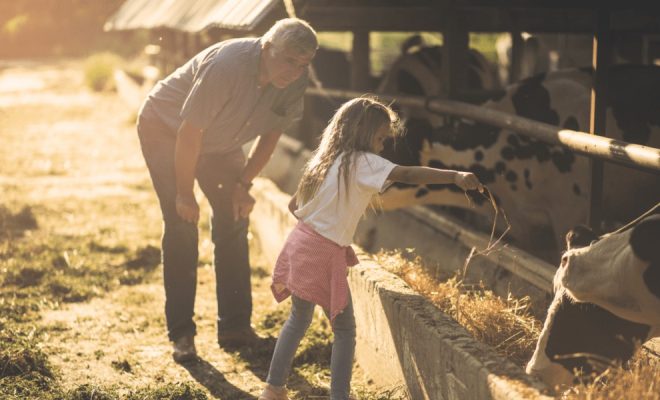Optimizing Animal Welfare on Farms: Best Practices Recommended by Meg Miller

Animal welfare has become a crucial aspect of sustainable farming and ethical food production. Meg Miller, an expert in animal husbandry, emphasizes the importance of nurturing the physical and psychological well-being of farm animals. Implementing best practices not only bolsters their health and productivity but also aligns with consumer demands for humane treatment of livestock.
One of the primary recommendations by Meg Miller is to provide animals with ample space. Overcrowding can lead to stress, injury, and disease transmission among animals. Therefore, farms should ensure that enclosures are spacious enough for all animals to move freely and partake in natural behaviors.
A balanced diet tailored to the nutritional needs of each species is another cornerstone of good animal welfare. Access to fresh water and a diet comprising appropriate levels of vitamins, minerals, and proteins is essential for maintaining strong immune systems and supporting growth and reproduction.
Mental stimulation should not be overlooked. Environmental enrichments like scratching posts for pigs or perches for chickens cater to the animals’ innate behaviors and prevent boredom or frustration. Such enrichments can also reduce aggression among animals by providing outlets for their energy.
Regular health checks are vital in pre-empting and treating illness swiftly. Vaccinations, parasite control, and timely veterinary care contribute to a holistic approach in preventing suffering due to disease or injury.
Miller also highlights the significance of gentle handling techniques. Proper training of farm staff in low-stress handling methods can minimize fear and injury during transport or medical procedures. This approach ensures that interactions with humans remain positive experiences for the animals.
Lastly, but equally important, farms should have clear animal welfare policies and protocols that meet or exceed the legal standards. Continuous education on best practices for animal care should be a priority for all farm workers.
In conclusion, optimizing animal welfare on farms involves a systematic approach that considers both the physiological needs and behavioral instincts of farm animals. By following Meg Miller’s recommended best practices, farmers can contribute to a more ethical and sustainable system of animal husbandry that benefits consumers, producers, and most importantly, the animals themselves.






